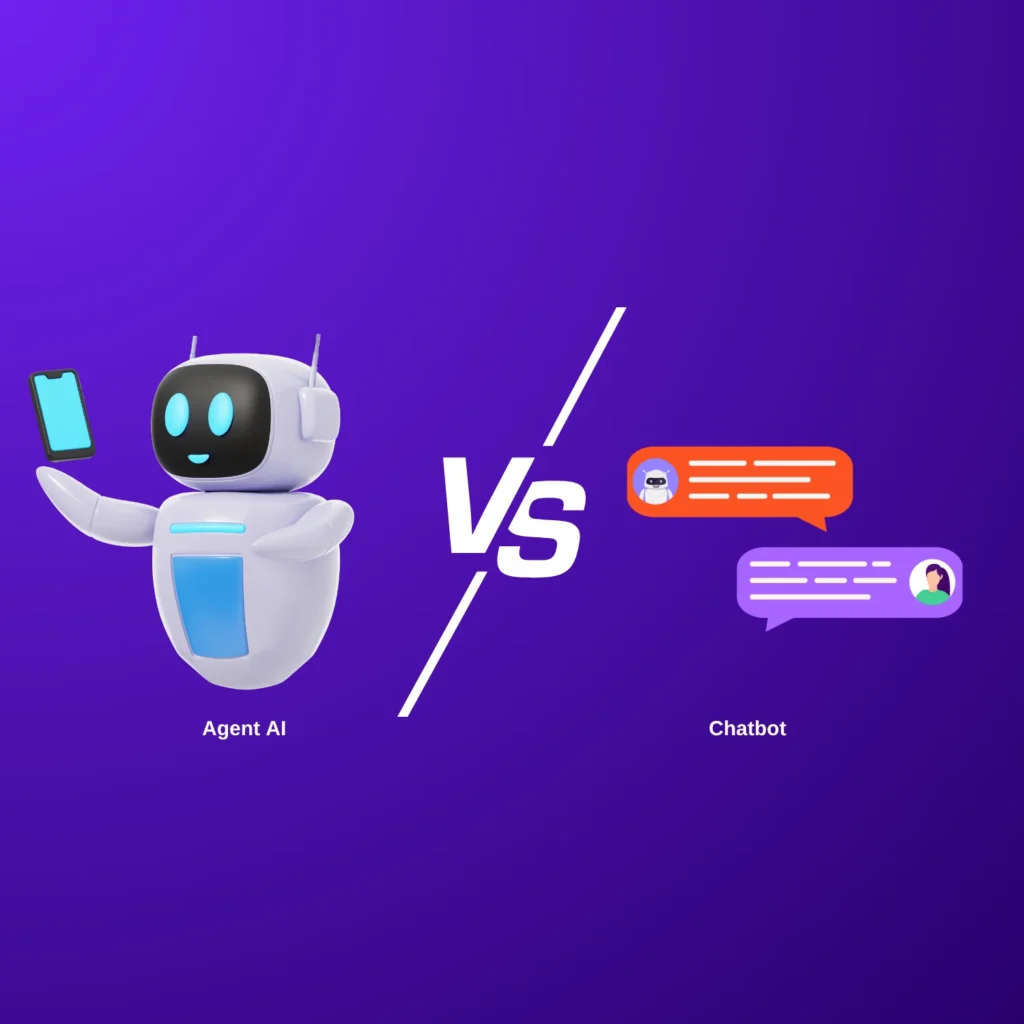Digital experiences have been leading the customer engagement strategies for quite some time now. Evolving from a static use of information on the Internet to experiencing the aspect of socialization through interactions, technology has moulded around the needs of people, more importantly, consumers to bring in the needed change. This evolution of the Internet had subtly hinted at a world where a tech desert would be considered fiction. With new generations that come singing a different tune than the previous ones, researching, experimenting, and adapting to the advances of technology in every aspect of a business has become essential. Creating different strategies only to have them reconsidered and changed every now and then is not feasible at all. But with the inevitable change brought around by fluctuating demands of the consumers, how to find a solution that would cater to a majority of problems and would also have the strength to sustain for a long time? Metaverse is THE strategy.
Web 3.0
The transition from web 1.0 to web 2.0 was always driven by the fact that the potential of technology has not been reached fully and there are miles to go. A successful leap from a read-only web to a read-write web has paved the way for a revolution that has everyone sitting tight in their seats, hands clenched in anticipation at what the next iteration of the Internet could display. The 3D aspect has promised to bring about empathy that the second iteration was seemingly lacking. The highlight? This iteration- web 3.0 also ensures to run a democratic approach to services. So people fearing personalization through data equates to being vulnerable to privacy breaches is something that can be considered a thing of the past. This democratization would mean businesses see active participation from consumers in the working model that enables a more sustainable digital transformation.
Creating virtual spaces: Tech that goes behind
A project with a vision that is so enormous, a question that is being commonly asked by many is- how will ‘Metaverse’ come to fruition?
Different technologies take responsibility for transporting fragments of imagination to reality. Key technologies that bring Metaverse to life are:
Artificial Intelligence
Running an infrastructure and hosting a million users simultaneously requires titanic endeavours in terms of computational assets. Meta as of late divulged details about the AI Research SuperCluster (RSC), an advanced AI supercomputer. As expressed by the company, one of the supercomputer’s errands will be to help in Metaverse creation – keeping advanced universes up and running. Apart from this, AI will be able to recreate situations that exist within the physical world, by producing 3D replicas with authenticity, from a car to a house to an entire city. AI may analyze which situations people seem to appreciate the most by training and testing. Refining the method with each cycle until the culminated process or product is suitable for human needs.
Powering digital humans that open the box of a magical world of Metaverse is another use case AI will proliferate. In the virtual world, replicating other roles, apart from the consumer like a salesperson, personal shopper, and an assistant is essential to guide customers. As of now, AI can make these digital humans converse by translating input accurately and creating suitable yield to respond in the users’ preferred language. This feature can be accomplished through expansive dialect models of which Dave is an example. Understanding Intent is a huge plus that helps personalize the experience for the users as compared to digital assistants that are not powered by AI and only convey the information that has been fed during development. AI models will help create profoundly reasonable virtual influencers or assistants in the Metaverse.
Within the Metaverse, these AI-powered digital humans can take on any role, change the tone of voice, and perform intelligent activities and complex errands. Envision a digital assistant helping clients move around and navigate the Metaverse, recommend products or services, endorse brand offerings, and make sales pitches without getting tired even for a second. These curated brand narrations increase the list of customers by identifying potential clients from a huge number of people in a short period of time. For example, if a human assistant or a salesperson was reaching out to 10 people in a day, a digital assistant would handle a 3x increase in the audience that was reached out to, in the 24/7 availability.
Within the Metaverse, benchmarking the performance of the business model and considering factors such as engagement, navigation time, and login recurrence will be vital for companies. Consider this scenario: When people are bored, they tend to pick up their phone and open an e-commerce application or site to surf through a catalogue of new arrivals. And when people open the application, personalized product recommendations- a list of products purchased earlier or categories of items similar to the products sitting in the cart are on display to keep visitors logged in for a long time. The same will apply to the Metaverse, people will enter an immersive environment, where personalized recommendations will be provided from considerations and habits the platform receives from users themselves. AI models will be able to influence all senses, intrigue people, and eventually act on people’s preferences much more viably than in the circumference of a device screen.
Virtual reality
Virtual reality is a digital space that is shown in 3D in front of the person using a headset. This puts the user in that environment to experience the existence of that place through all senses irrespective of the user’s location. Fictional spaces to refresh and roam new locales is a most sought-after tactic of the Metaverse that is helping businesses reach customers without much effort.
Augmented reality
Augmented Reality alludes to overlaying the digital replica of a physical environment. This helps map real places to the users’ location and allows the user to roam any real place to perform an activity without having to travel, increasing flexibility of use and deployment of resources.
IoT
The Internet of Things refers to internet-connected smart gadgets that utilize information for different purposes. For example, by using haptic gloves, the user can experience the sense of touch even with virtual entities. The IoT sensors work in reference to data collected. The gigantic web of information that gets generated every second today would empower accurate forecasts and innovative experiences. To create a virtual environment as real as the actual one, data collected in the real world can be used as input to create the same scenario in the virtual world. Perhaps it snows within the virtual world when it snows within the real one. Or images captured by cameras in the real world are projected to create a scene in the virtual world in real-time. Motion detection can make virtual activities more surreal.
Blockchain
Blockchain refers to Digital Ledger Technology. Powered by blockchain, Cryptocurrency facilitates transactions over a peer-to-peer network and is a major part of the Metaverse today. Cryptocurrency is a colossal domain of Metaverse as it blends well with the objective with which the capabilities of the web are changing. Cryptocurrency offers the power of proprietorship in the virtual world; freedom that people feel a need to have a right to, in the real world. This is where NFTs draw themselves a crown. Today people can own land or even clothes and accessories for their avatars.
Edge computing
Edge computing would permit businesses in Metaverse to avoid challenges such as disruption in the network, discontinuity, etc, and allow access in real-time. This exertion includes data being processed locally.
Take that step!
Metaverse features have immense potential for development. Metaverse success will require a vigorous understanding of the intersection of commerce methodology, conventional and virtual advanced resources, and the modern apparatus of technological expertise. The time to take the initiative of digging deep and exploring different Metaverse opportunities is NOW!



